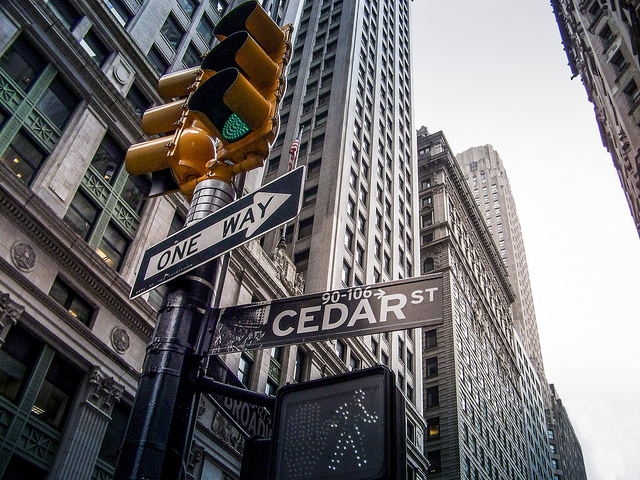
We were interested to read about an ambitious plan called LinkNYC, which aims to roll out free wi-fi and domestic telephone calls to residents and visitors to New York City. The plan, which is a partnership between public officials and a company called CityBridge, will be free to access and not cost the general public anything extra in taxes. It is claimed that targeted advertising will raise $500 million in revenue over the first 12 years, which will pay for the infrastructure and maintenance of the networks and be channeled back into NYC , as well as provide revenue for CityBridge.
The problem that has emerged with LinkNYC is a common one when private companies who (quite rightly) need to make a profit, become involved with community issues. The network is being launched as a three-tier system, where busy and well off parts of New York such as Manhatten, will have super fast (think around 100Mbps download speed) wi-fi that is easy to access from within apartments and homes. The kiosks in other neighborhoods, such as Brooklyn and the Bronx, will be spaced further apart, have slower download speeds and the signal is unlikely to come close to covering all the homes in between them.
As LinkNYC will be funded by advertising, it makes sense that CityBridge have focused first on ensuring the best wi-fi service and access to those who demographically have the most to spend – including tourists. But as one of the main aims of the project when it was announced by New York City Mayor Bill de Blasio, was to provide accessible and free wifi to all New Yorkers, has this project highlighted the digital divide between the ‘haves’ and ‘have nots’, rather than helping to bridge it?
